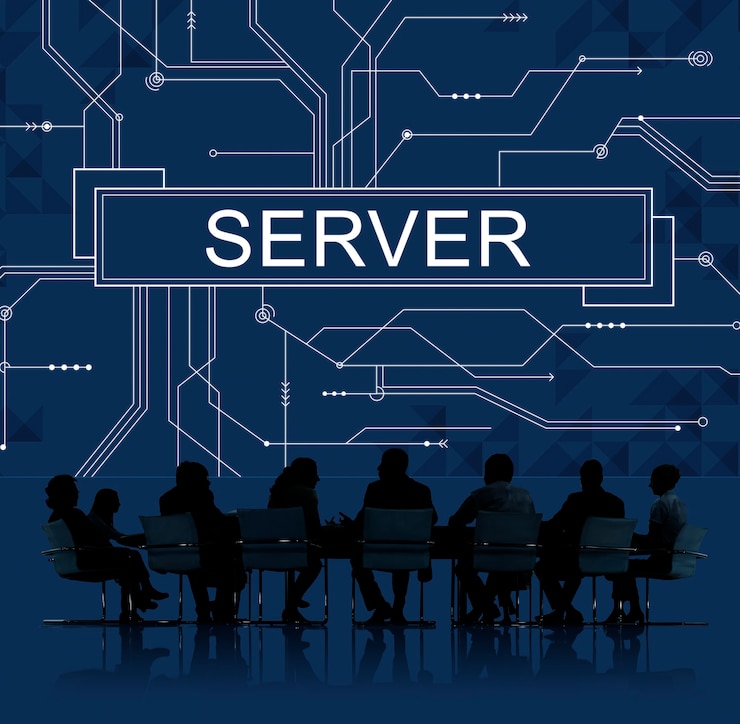In the dynamic world of software development, ensuring the quality and reliability of applications has become more crucial than ever. This journey from code to a fully functional application involves numerous stages, one of which is testing. Among the various testing methodologies employed, end-to-end testing stands out as a comprehensive approach to ensure that all components of an application work harmoniously together. In this blog, we delve into the world of end to end testing services, uncovering its importance, benefits, challenges, and best practices that collectively contribute to the development of superior software products.
A. Definition and Purpose
End-to-end testing is the process of validating the entire workflow of a software application, from the very beginning to the end-user experience. It involves testing how different components, systems, and processes interact with each other to ensure that the application functions as intended. This type of testing is crucial as it simulates real-world scenarios, helping to identify any integration issues that may arise when all the parts of the application come together.
B. Key Objectives
At the heart of end-to-end testing lie several key objectives. First and foremost, it ensures that the user’s journey through the application is smooth and seamless. This means that all the functionalities, interfaces, and processes must work cohesively to provide a positive user experience. Secondly, end-to-end testing is aimed at uncovering issues that may not be evident in other testing stages, such as unit or integration testing. By validating the application as a whole, it detects complex bugs that might only surface during the user’s interaction with the system.
II. Benefits of Implementing End-to-End Testing Services
A. Enhanced User Experience
In today’s competitive software landscape, user experience reigns supreme. End-to-end testing plays a pivotal role in ensuring that users can effortlessly navigate through the application, perform tasks, and achieve their goals. By detecting usability issues and glitches in user flows, end-to-end testing contributes to delivering a seamless and user-friendly product.
B. Increased Software Reliability
Nothing damages a brand’s reputation more than a malfunctioning application. End-to-end testing serves as a safety net, catching potential errors that could compromise the software’s reliability. This type of testing is especially crucial for critical systems where even minor glitches can have significant consequences.
C. Efficient Issue Identification
End-to-end testing has the unique advantage of uncovering complex issues that might not be apparent during earlier testing phases. These issues could stem from the intricate interplay between different components of the application. Detecting and rectifying these problems early on can prevent costly and time-consuming fixes further down the line.
D. Cost and Time Savings
While setting up end-to-end testing can demand initial resources, it ultimately leads to significant cost and time savings. By identifying and addressing issues in the early stages of development, you avoid the need for major rework and troubleshooting during later phases or after the application is released.
E. Stakeholder Confidence
Stakeholders, including clients, investors, and end-users, all seek a sense of confidence in the software being developed. Thorough end-to-end testing instills this confidence by demonstrating that the application has been rigorously validated, reducing the likelihood of post-release surprises.
III. Challenges in Implementing Effective End-to-End Testing
A. Test Environment Complexity
Setting up an environment that closely mirrors the production setup can be challenging. Differences in databases, servers, and integrations can lead to unexpected issues during end-to-end testing. Overcoming this challenge requires careful environment configuration and maintenance.
B. Data Management
End-to-end testing involves testing various scenarios, each with its unique data requirements. Managing diverse data sets while ensuring data integrity throughout the testing process can be complex. Failure to handle data effectively can lead to inaccurate test results.
C. Test Automation
Automating end-to-end tests can be intricate due to the dynamic nature of user interfaces, especially in web and mobile applications. Scripting tests to account for various user interactions, navigation paths, and UI changes demands careful planning and continuous maintenance.
D. Test Case Design
Designing effective end-to-end test cases is an art. Test cases must cover a wide range of scenarios, including happy paths, edge cases, and exceptional conditions. Crafting these comprehensive test cases requires a deep understanding of the application’s functionalities and user behaviors.
IV. Best Practices for Successful End-to-End Testing Services
A. Test Strategy Development
Before diving into testing, formulate a clear test strategy. Define the scope of testing, identify critical user flows, and allocate resources appropriately. A well-defined strategy serves as a roadmap for effective end-to-end testing.
B. Collaboration and Communication
Close collaboration between development, testing, and business teams is essential. Effective communication ensures that everyone is on the same page regarding testing goals, scope, and expected outcomes. This collaboration minimizes misunderstandings and maximizes the effectiveness of the testing process.
C. Prioritizing Test Scenarios
Given the complexity of end-to-end testing, it’s important to prioritize the most critical user scenarios and business processes. Focus on testing functionalities that are most frequently used or have the highest impact on the user experience.
D. Data Management Strategies
Develop strategies for managing test data, including creating data subsets, automating data setup, and resetting data between test runs. This ensures consistent and reliable test results without data-related interference.
E. Continuous Monitoring
End-to-end testing doesn’t stop after a successful test cycle. Continuous monitoring of the application in a real-world context helps identify any issues that may emerge due to changing conditions or user behavior. Implementing continuous monitoring as part of your testing process enhances the overall software quality.
V. Real-world Examples
A. Case Studies
Real-world case studies provide tangible evidence of the benefits of end-to-end testing. Examples of successful implementation demonstrate how businesses have overcome challenges and achieved significant improvements in software quality and user satisfaction.
B. Critical Issue Identification
Highlight instances where end-to-end testing uncovered critical issues before software release. These examples emphasize the importance of comprehensive testing in preventing potential disasters and costly post-release fixes.
Conclusion
End-to-end testing services stand as a crucial step in the software development journey. From ensuring a seamless user experience to boosting software reliability, the benefits of comprehensive testing are undeniable. While challenges exist, implementing best practices and learning from real-world examples can help organizations harness the power of end-to-end testing to deliver superior software products. By integrating thorough end-to-end testing into the development lifecycle, we pave the way for a more robust and successful software landscape.
FAQ
Q1: What is end-to-end testing, and why is it important?
A: End-to-end testing is a comprehensive testing approach that validates the entire workflow of a software application, from start to finish. It ensures that all components, systems, and processes work together seamlessly to deliver a smooth user experience. This type of testing is essential to identify integration issues, detect bugs that might only surface during user interactions, and ensure the overall functionality of the application.
Q2: How does end-to-end testing differ from other testing methods?
A: While unit testing focuses on testing individual components in isolation and integration testing checks interactions between smaller modules, end-to-end testing encompasses the entire application. Unlike other methods, end-to-end testing validates the complete user journey and all interactions between components, systems, and processes.
Q3: What are the benefits of implementing end-to-end testing services?
A: End-to-end testing services offers several benefits, including:
- Enhanced user experience through seamless interactions.
- Increased software reliability by catching critical errors.
- Efficient detection of complex issues that other tests might miss.
- Cost and time savings by identifying and addressing problems early.
- Boosted stakeholder confidence in the application’s quality.
Q4: What are the common challenges in implementing effective end-to-end testing?
A: Challenges include:
- Test environment complexity: Setting up a realistic environment mirroring production.
- Data management: Handling diverse data scenarios and ensuring integrity.
- Test automation: Automating tests for dynamic user interfaces and maintaining scripts.
- Test case design: Creating comprehensive test cases that cover various scenarios.
Q5: How can organizations overcome the challenges of end-to-end testing?
A: Implementing best practices can help:
- Develop a clear test strategy outlining goals, scope, and resources.
- Foster collaboration between development, testing, and business teams.
- Prioritize critical user scenarios and business processes for testing.
- Create data management strategies to handle test data effectively.
- Implement continuous monitoring for ongoing quality assessment.
Q6: What are some best practices for successful end-to-end testing?
A: Key best practices include:
- Defining a well-structured test strategy.
- Collaborating closely among different teams.
- Prioritizing critical test scenarios.
- Developing effective data management strategies.
- Implementing continuous monitoring for ongoing assessment.
READ ALSO- Functional Testing Services: Ensuring Seamless Software Performance



